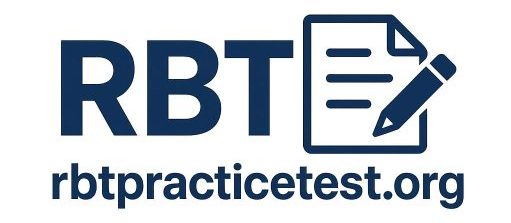Free 85-Question RBT Practice Exam Online
A total of 85 multiple-choice questions are provided in this free RBT mock exam, including 75 scored questions and 10 unscored pilot questions. You will have 90 minutes to complete the exam. This RBT test allows you to assess your knowledge, review essential ABA concepts, and practice in a real testing setting. To pass, a minimum score of 80 percent is required.
No matter your score, the best way to improve is to keep practicing. Full-length tests help you get used to the actual exam format, while section-specific quizzes allow you to focus on the areas where you need more support.
How to Improve your Practice Exam scores?
If you’re just getting started, do section quizzes one-by-one to sharpen your skills in data collection and analysis. Start with the first Practice Test Section A in the RBT exam structure. These shorter quizzes help you master specific concepts before moving on to full-length assessments.
Once you’ve built up your confidence in individual domains, test your endurance and exam readiness with a full RBT Mock Test. This practice exam mirrors the structure and timing of the actual exam, giving you a realistic feel for what to expect.
Finally, be sure to review the official RBT Pearson Exam process. Understanding the test environment, scoring system, and procedures will help reduce anxiety and ensure you’re fully prepared when test day arrives.
